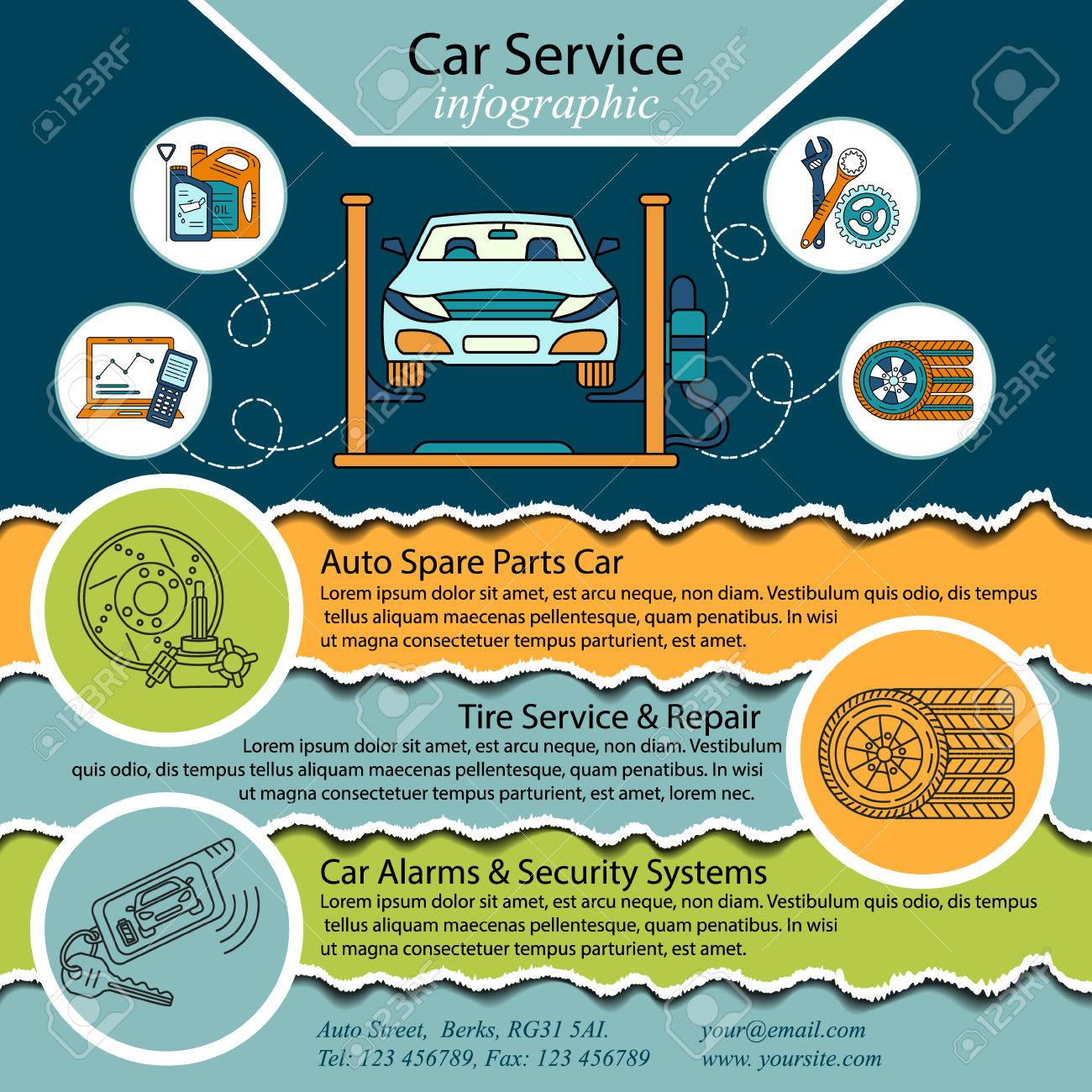Looking For Clarity On The Caution Lights Showed On Your Vehicle'S Control Panel? Find Out Exactly How They Relate To Your Vehicle'S Health And Safety
Looking For Clarity On The Caution Lights Showed On Your Vehicle'S Control Panel? Find Out Exactly How They Relate To Your Vehicle'S Health And Safety
Blog Article
Short Article Written By-Sykes Gilbert
When you lag the wheel, those beautiful warning lights on your dashboard can be a little bit bewildering. Do you recognize what they're trying to tell you concerning your automobile's health and wellness? Recognizing the importance of these lights is crucial for your safety and security and the durability of your automobile. So, the following time one of those lights pops up, would not you intend to decode its message precisely and take the required steps to resolve it?
Common Caution Lights and Interpretations
Determine typical caution lights in your automobile and understand their meanings to make certain secure driving.
The most typical warning lights consist of the check engine light, which signals problems with the engine or emissions system. If this light begins, it's crucial to have your vehicle checked promptly.
The oil pressure advising light shows reduced oil pressure, needing instant focus to avoid engine damage.
A flashing battery light might suggest a malfunctioning billing system, potentially leaving you stranded if not addressed.
The tire pressure tracking system (TPMS) light alerts you to low tire stress, affecting vehicle stability and gas efficiency. Disregarding this can cause harmful driving problems.
link web site indicates a trouble with the anti-lock stopping system, jeopardizing your capacity to stop promptly in emergencies.
Last but not least, the coolant temperature warning light warns of engine getting too hot, which can lead to severe damage otherwise fixed swiftly.
Comprehending these usual caution lights will help you address issues without delay and keep safe driving conditions.
Value of Prompt Attention
Understanding the common caution lights in your vehicle is just the very first step; the importance of quickly addressing these cautions can not be emphasized sufficient to guarantee your safety and security when traveling.
When a warning light brightens on your dashboard, it's your car's method of communicating a potential problem that requires attention. Overlooking these warnings can bring about more serious problems later on, endangering your safety and possibly costing you extra in repairs.
Motivate attention to alerting lights can avoid malfunctions and accidents. For example, a blinking check engine light can indicate a misfire that, if left ignored, could create damage to the catalytic converter. Addressing this without delay can conserve you from an expensive repair.
Similarly, a brake system cautioning light could signify low brake liquid or used brake pads, essential elements for your safety when driving.
DIY Troubleshooting Tips
If you see a caution light on your control panel, there are a few do it yourself troubleshooting ideas you can attempt before looking for professional assistance.
The primary step is to consult your vehicle's guidebook to understand what the details caution light shows. Often https://chassispartscar05106.actoblog.com/30868727/an-essential-reference-for-the-necessary-tools-discovered-in-every-vehicle-repair-service-center-uncovering-the-techniques-for-effective-lorry-maintenance can be as basic as a loosened gas cap setting off the check engine light. Tightening up the gas cap may fix the problem.
Another usual issue is a reduced battery, which can trigger various advising lights. Checking the battery links for corrosion and ensuring they're protected may repair the issue.
If a warning light continues, you can attempt resetting it by separating the automobile's battery for a few mins and then reconnecting it. In addition, inspecting your lorry's fluid degrees, such as oil, coolant, and brake fluid, can aid fix warning lights connected to these systems.
Conclusion
Finally, recognizing your vehicle's caution lights is essential for keeping your vehicle running smoothly and securely. By quickly resolving these informs and recognizing what they mean, you can avoid pricey repairs and prospective breakdowns.
Keep in mind to consult your cars and truck's manual for particular details on each advising light and take action accordingly to make sure a trouble-free driving experience.
Stay educated, remain risk-free on the road!
